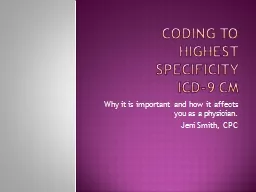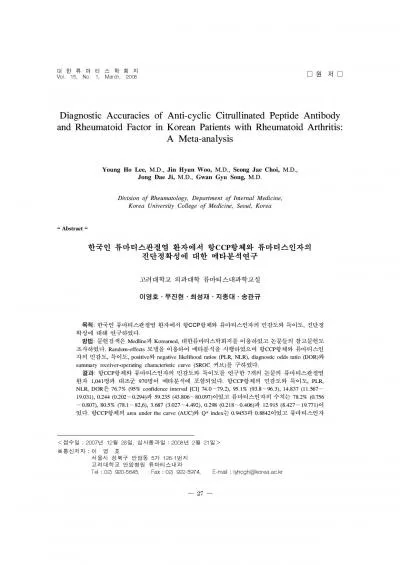PPT-Coding to Highest Specificity
Author : natalia-silvester | Published Date : 2018-10-26
ICD9 CM Why it is important and how it affects you as a physician Jeni Smith CPC The Major Issues Quality Report Suffers It will not paint an accurate picture of
Presentation Embed Code
Download Presentation
Download Presentation The PPT/PDF document "Coding to Highest Specificity" is the property of its rightful owner. Permission is granted to download and print the materials on this website for personal, non-commercial use only, and to display it on your personal computer provided you do not modify the materials and that you retain all copyright notices contained in the materials. By downloading content from our website, you accept the terms of this agreement.
Coding to Highest Specificity: Transcript
Download Rules Of Document
"Coding to Highest Specificity"The content belongs to its owner. You may download and print it for personal use, without modification, and keep all copyright notices. By downloading, you agree to these terms.
Related Documents














